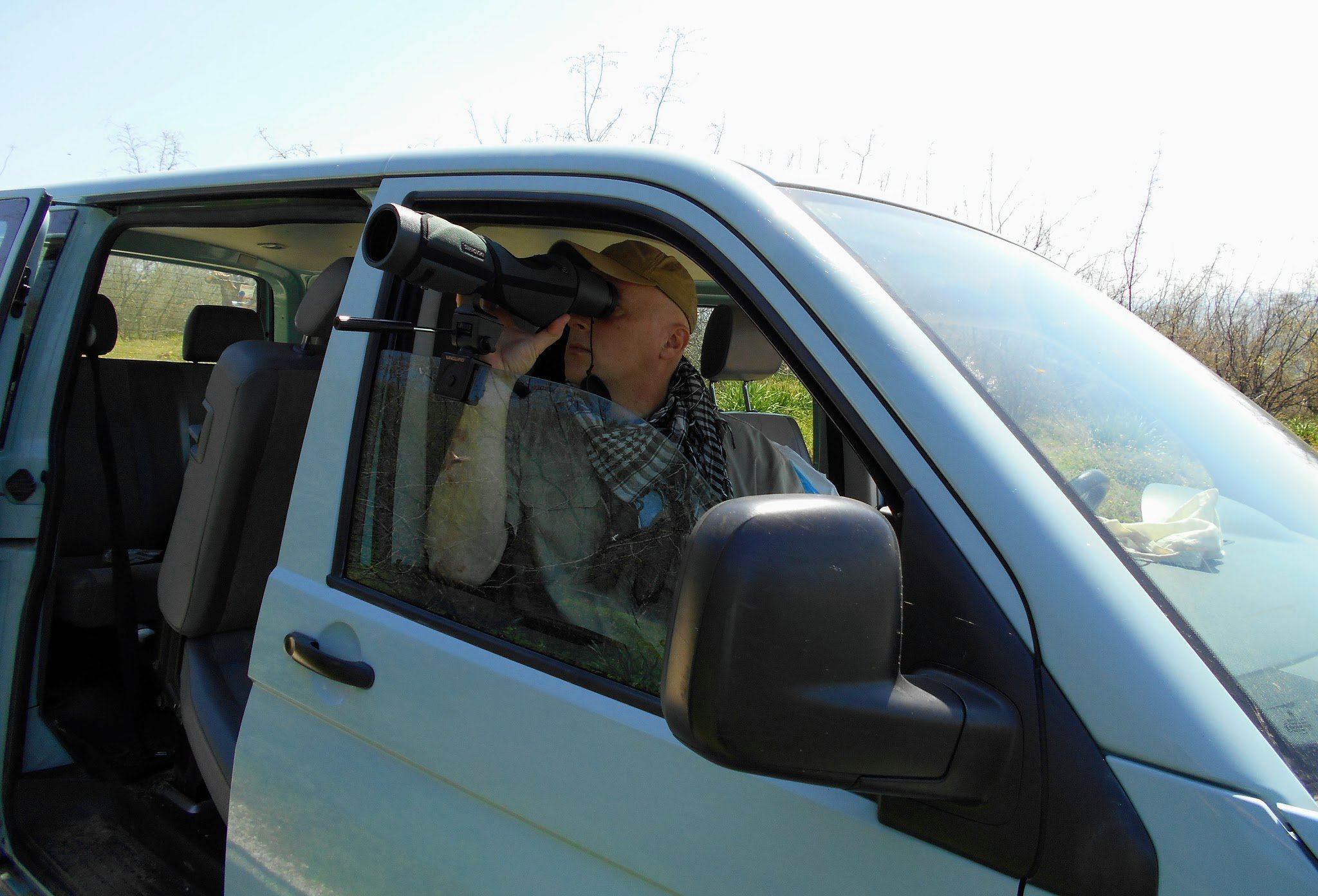
Looking at a photo of a dozen birders on a Colombia tour, it struck me that they were either using binoculars or cameras. Not a single one was using a scope. Okay, this was a shorter distance observation, but even in such situations I love to see birds through the scope. Probably some of them did carry a scope, but the majority clearly ditched a scope for a camera (and expected their guides to provide scopes, of course).
I have an excellent scope – the very best piece of my birding equipment (oh, this year I should finally get a mobile phone adapter for it), and a rather inferior camera. Hence I normally carry binoculars and the scope only, while the camera comes with me only if I hope for some rarity.
Some time ago, I published a series of birding-for-beginners articles in my local birding magazine. Born in a different era, when bird photography was difficult, I gave much advice on how to write the basic info, but the strangest thing to novices today turned out to be the advice on sketching the unknown species. Why should I sketch it, I am lousy at that. Isn’t a photo better?
I always suggest sketching a bird and taking notes on the side, but really, isn’t a photo better? A good photo is certainly better, but a blurred, dark, out of focus photo tells very little, less than a proper sketch. Yet, these days rarity committees would not accept a report without a photo. Many birders successfully digiscope with a hand-held phone in front of binoculars, something I have never managed to do myself (I find it easier with a scope).
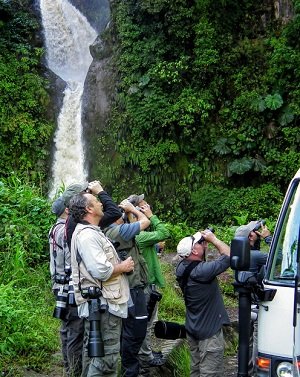 Many novices carry quite reasonable cameras – I even know one who has no binoculars at all and uses only his camera, and at the same time, he is a very good birder. While that approach may sound odd, I remember a chat with one of leading South African ornithologists who told me how he often visits his local patch without bins or a scope, only with a camera on a monopod.
Many novices carry quite reasonable cameras – I even know one who has no binoculars at all and uses only his camera, and at the same time, he is a very good birder. While that approach may sound odd, I remember a chat with one of leading South African ornithologists who told me how he often visits his local patch without bins or a scope, only with a camera on a monopod.
Still, besides documenting rare species, forms, or odd individuals (e.g. leucistic birds), there is another good reason to have a camera with you. Shoot a distant or a fast-moving bird, blow the photo up over the viewing screen and ID it there, in the field, as opposing to doing it at home in front of your computer. A bird identified in the field, even from a screen would make my list, but a bird IDd only afterwards would not.
Then, there are apps. Despite the rising popularity of birding, paper field guides are becoming more expensive than ever. Many people are buying or downloading free bird ID apps, consequently narrowing the market niche and increasing the price of paper books.
One of those magazine articles dealt with field guides for Europe (that was before the Collins 2 has swept them all away), but one way or another, I always recommend paper books, despite the fact that I have a bird ID application in my phone (but also a paper book in my car). An app comes handy to check the call of this, or a song of that species, and I must admit, with larger font I do not need my reading glasses. Yet, going through the pages of a book is an irreplaceable experience.
How about a notebook vs. eBird, Merlin or iNaturalist? I am thrilled with eBird, am one of the local reviewers, and yet, use the eBird app only when I spot some rarity by the roadside, so the app would record the GPS coordinates of the observation. For everything else, I prefer to write on paper and enter it into eBird on a computer, later in the same day.
One reason for me not going digital here may be that I use reading glasses. But so what, many people do? I find it uncomfortable to put them on and off in the field, and trying the eBird app without them, I once recorded two species that I haven’t seen, but couldn’t afterwards remember which the two missing species were.
Why doesn’t eBird allow for flipping the phone horizontally, so the letters and the app would get enlarged? Wouldn’t that be a user-friendly solution? (Talking of eBird, why don’t they show users the list of the bird families they observed? My life list is not even a thousand species long, yet, I have birded four continents and the list of bird families should be quite interesting.)
Ben Lizdas commented somewhere how fascinated he is with optics: in this electronic era, the top-notch binoculars are true high-tech, yet they work without batteries. Personally, I prefer scopes over cameras, and paper over apps, but am open to and use the products of both worlds. Where do you stand in the analogue vs. digital discussion?
Cover photo: birding Greece
Inset: birding Costa Rica






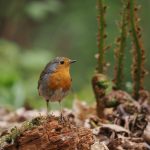
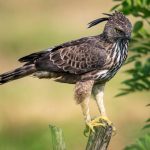

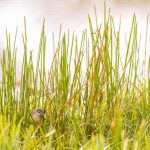
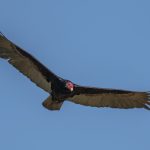


Interesting observations, Dragan. Scopes may be valuable for sustained looks at distant birds, but cameras are rapidly replacing them for identification purposes. Last year in Honduras, our group had a rare bird locked in the scope, but somebody’s camera shot was much clearer and larger than even the scope view. Considering how cheap these new handhelds with massive optical zooms have become, I can see them replacing scopes in most birders’ field kits. Guides can still lug those scopes though!
The joy of scribbling in the margins of your paper field guide. Location, date, whom with, special features one noticed. The dirty stripe in the middle due to the constant paging through with mud-stained fingers. As for cameras, I have jsut returned from São Tomé where I saw all endemics through fogged-up glasses and binoculars. A camera would have been useless under these circumstances, too much moisture and too many leaves. Dragan, thanks for your blog posts – you are my favourite!
Thank you, Peter.
In Costa Rica, going from the top of a volcano down to the Pacific coast, even my nitrogen filled scope still got foggy – on the outside! The same happened with camera lenses. It took me a while to understand why my crappy photos look even worst than usual.
Guides can still lug them? My rucksack certainly is at its heaviest when I am guiding. Still, love it nevertheless.